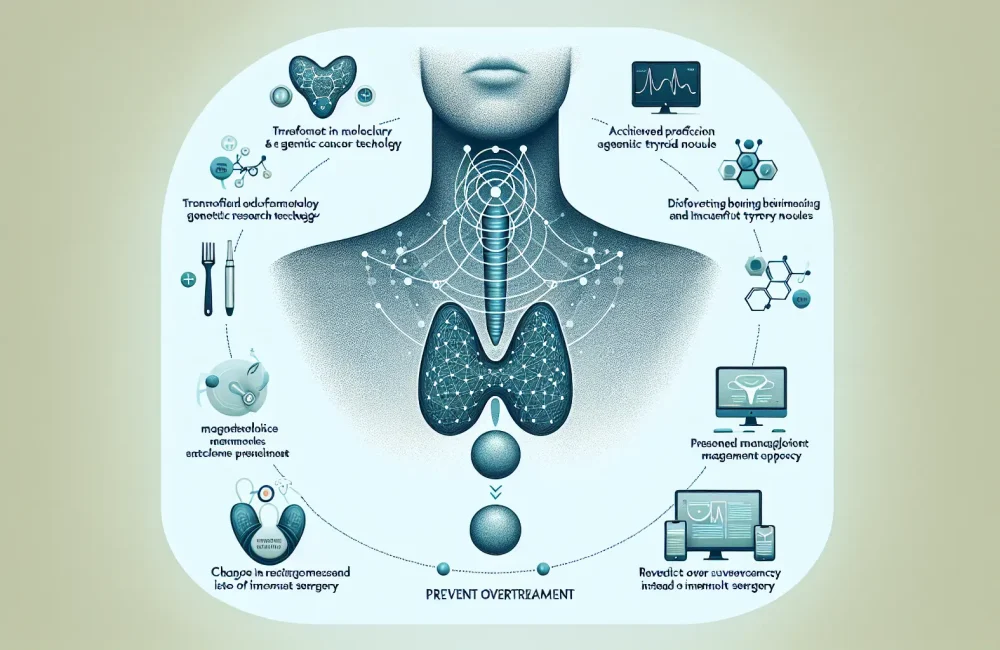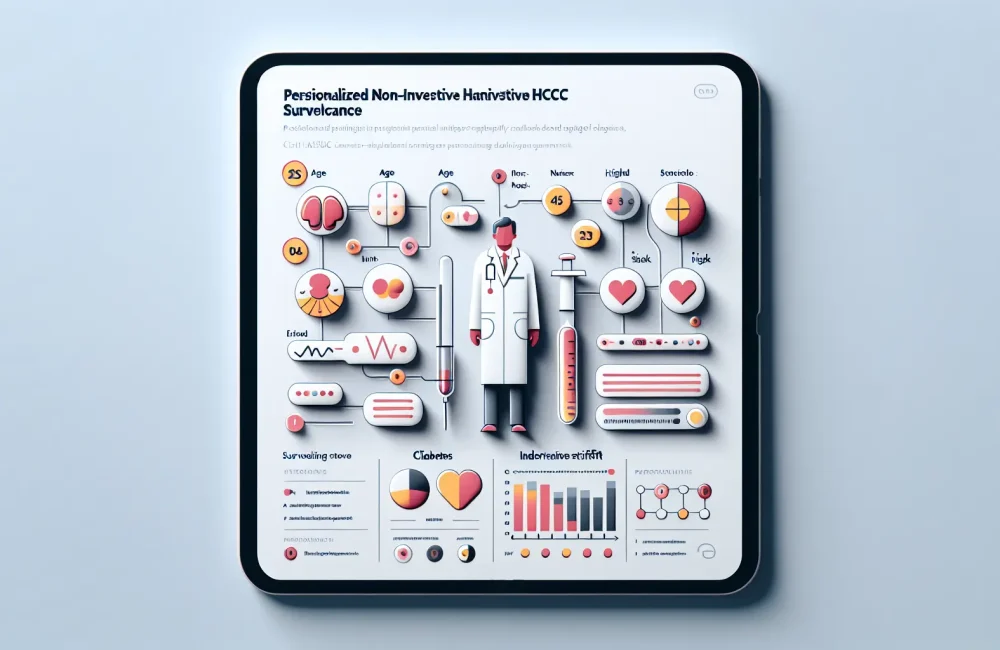By CAFMI AI From Nature Reviews Disease Primers
Epidemiology and Pathophysiology of Pleural Mesothelioma
Pleural mesothelioma is a rare but aggressive cancer originating from the mesothelial cells lining the pleura, primarily linked to asbestos exposure. This exposure accounts for a majority of cases, underscoring the occupational hazard posed by asbestos. The disease characteristically has a long latency period, often spanning decades from initial exposure to clinical manifestation. This delay complicates early detection and contributes to its typically poor prognosis. Clinically, patients often present with nonspecific symptoms such as chest pain and shortness of breath, which can mimic other more common cardiopulmonary conditions, making initial diagnosis challenging. The pathophysiology involves malignant transformation of mesothelial cells, with recent advances in molecular genetics shedding light on the mechanisms driving tumorigenesis and progression. These insights have helped identify potential molecular targets for therapy. Pleural mesothelioma is classified into three major histological subtypes: epithelioid, sarcomatoid, and biphasic, each with distinct prognostic implications. The epithelioid type tends to have a relatively better prognosis compared to the sarcomatoid subtype, which is more aggressive and less responsive to treatment. The biphasic subtype contains features of both and shows intermediate outcomes. Understanding these differences is crucial for clinical decision-making and patient counseling. Epidemiologically, the incidence varies geographically, reflecting historical industrial asbestos use patterns. Despite regulatory efforts, new cases continue to emerge globally, emphasizing ongoing exposure risks and the importance of preventive public health measures.
Diagnosis and Clinical Presentation of Pleural Mesothelioma
Clinicians face significant challenges in diagnosing pleural mesothelioma due to its non-specific clinical presentation and resemblance to other pleural diseases. Patients most commonly report symptoms like persistent chest pain, dyspnea, cough, and pleural effusions. Given these are common to many thoracic conditions—including benign pleural plaques and metastatic cancers—accurate differentiation is essential. Initial evaluation involves imaging modalities such as chest X-rays and computed tomography (CT) scans, which help identify pleural thickening, nodules, or effusions but cannot definitively diagnose mesothelioma. Advanced imaging including positron emission tomography (PET) can assist in staging and detecting metastasis. Definitive diagnosis hinges on histopathological examination of pleural tissue obtained via biopsy, commonly through thoracoscopy. Immunohistochemical staining helps distinguish mesothelioma from other malignancies by identifying characteristic markers such as calretinin, WT1, and cytokeratins. This distinction is critical as it impacts treatment planning. Accurate subtyping into epithelioid, sarcomatoid, or biphasic forms further guides prognosis and therapy options. Additionally, molecular testing may provide supplementary information, especially in assessing eligibility for targeted or immunotherapy trials. Early and precise diagnosis remains a cornerstone of improving outcomes, thus underlining the importance of thorough clinical assessment and multidisciplinary collaboration involving pulmonologists, radiologists, pathologists, and oncologists.
Current and Emerging Treatments for Pleural Mesothelioma
Therapeutic management of pleural mesothelioma is complex and requires a tailored, multidisciplinary approach. Historically, treatment options have been limited, and overall survival remains poor, often measured in months rather than years. Standard care typically includes combinations of surgery, chemotherapy, and radiation therapy. Surgery, such as pleurectomy/decortication or extrapleural pneumonectomy, may be considered for selected patients with early-stage disease and suitable performance status, aiming for macroscopic tumor removal. Chemotherapy regimens frequently involve platinum-based agents combined with pemetrexed, which demonstrated survival benefits in clinical trials. Radiation therapy may serve a palliative role or be employed postoperatively to control local disease. Recent advances have introduced immunotherapy agents, such as immune checkpoint inhibitors, that have shown promise in improving survival in some patient subsets. Additionally, targeted therapies based on molecular alterations identified in tumor profiling are under investigation in clinical trials and represent a hopeful frontier in treatment. Despite these advances, the prognosis remains guarded, emphasizing the need for early diagnosis and enrollment in clinical trials whenever possible. Supportive care and symptom management are integral throughout the disease course, addressing pain control, respiratory symptoms, and psychosocial support. Clinicians should remain vigilant for complications and coordinate care across specialties, incorporating guidelines to optimize individual patient outcomes.
Read The Original Publication Here






